Desolate Cua Hoi port
Cua Hoi fishing port is located near the estuary downstream of Lam River in Nghi Hai Ward (Vinh City, Nghe An Province). It is one of four type II fishing ports that have been built, announced to open and put into operation over the past decades. In 2018, the port was invested with more than 106 billion VND to upgrade the infrastructure system, serving the needs of mooring boats and loading and unloading aquatic products exploited in the fishing grounds of the Gulf of Tonkin.
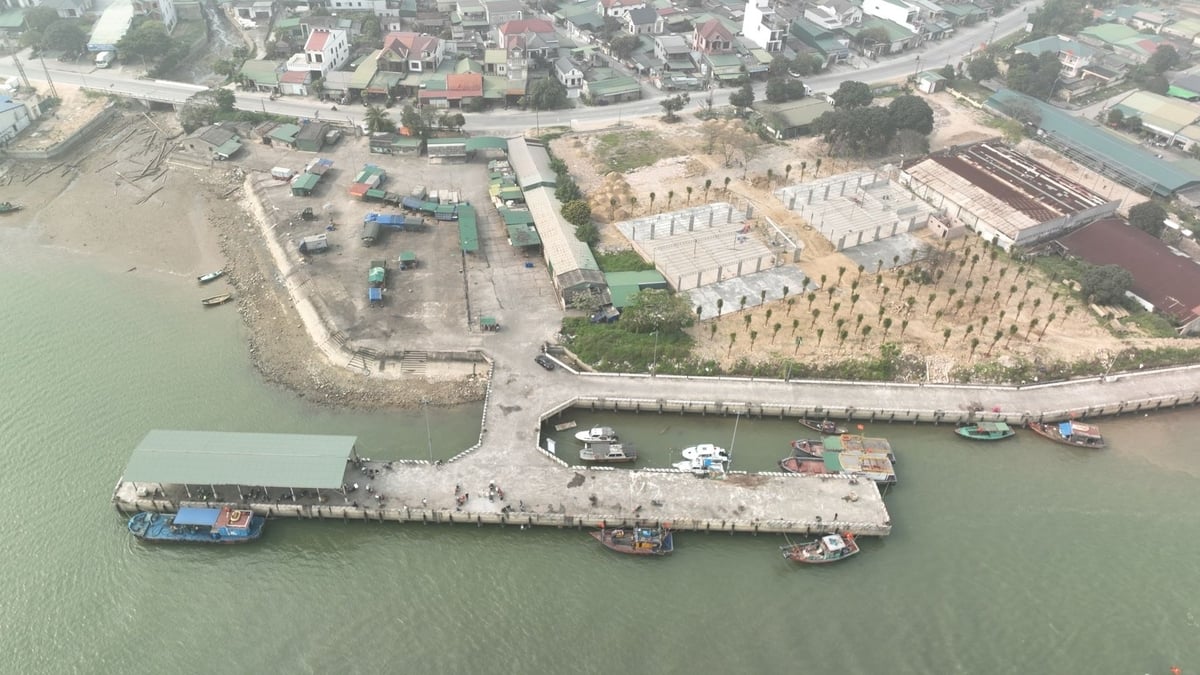
Cua Hoi fishing port (Vinh city) is deserted and quiet. Photo: Dinh Tiep.
Specifically, the Cua Hoi Fishing Port upgrade project aims to serve the volume of aquatic products passing through the port from 15,000 tons/year or more, meeting the capacity to receive fishing vessels with a capacity of up to 800CV and 120 vessels/day or more. With an area of over 3.4 hectares, a wharf longer than 300m and investment in upgrading, but the operation of Cua Hoi Fishing Port in the past time has not been as expected.
According to records, apart from a few small fishing boats near the shore docking at the port, there are few large ships anchored. Other boats anchored within the management area are mostly specialized vehicles of functional forces. Notably, some works in the logistics service area show signs of deterioration, the embankment project along the sea encroachment line, although newly built, has now also appeared cracks...
Not to mention, the seafood sorting house is an important architectural infrastructure in the port service system, part of the project to upgrade and expand Cua Hoi Fishing Port. However, through observation, this project is abandoned, not a single person comes to trade and sort fish. Meanwhile, the seafood sorting house has now become a place for fishermen to park and gather fishing gear.
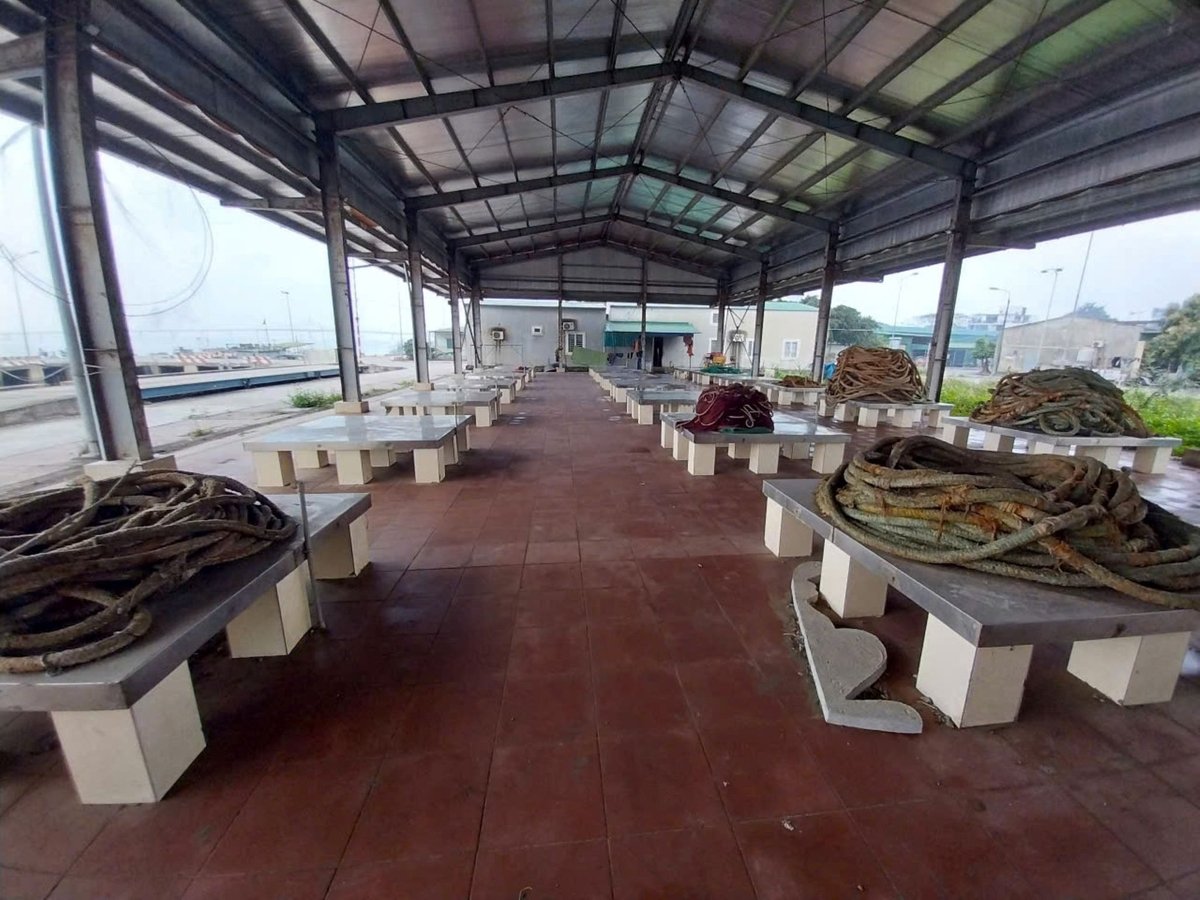
Inside Cua Hoi fishing port is also quiet. Photo: Dinh Tiep.
Mr. Phan Trung Kien, owner of a cold storage at Cua Hoi Fishing Port, said: For more than 2 years now, no large or medium-sized ships have entered the port. Previously, the port was very vibrant and bustling, with many ships coming in and a variety of seafood, but in recent years we have had to purchase seafood from other fishing ports to store in cold storage to supply restaurants and hotels. The reason is that the estuary is silted up, and large ships dare not enter for fear of running aground. In recent years, in addition to small fishing boats of local fishermen fishing close to shore, the number of large-capacity ships has decreased sharply.
The channel is silted up, making it difficult for ships to dock.
At Lach Van fishing port - where hundreds of fishing boats of Ngoc Bich, Dien Van, Dien Kim communes, Dien Thanh town (Dien Chau district) are anchored, the sedimentation situation is getting more and more serious. Instead of entering the port, dozens of large-capacity ships have to anchor outside the estuary.
Fisherman Nguyen Van Hoan, in Ngoc Bich commune, reported: The length of the shallow seabed is nearly 1 km. Every trip to Lach Van port requires high concentration to steer, otherwise the ship will run aground immediately. In recent years, large ships with high capacity have often run aground. Some lucky ships can be salvaged and towed back for repair, but the cost is still several hundred million VND. Therefore, most large fishing boats have to anchor outside the estuary and hire small boats to transport seafood for sale. This is both time-consuming and costly, very difficult and inconvenient.
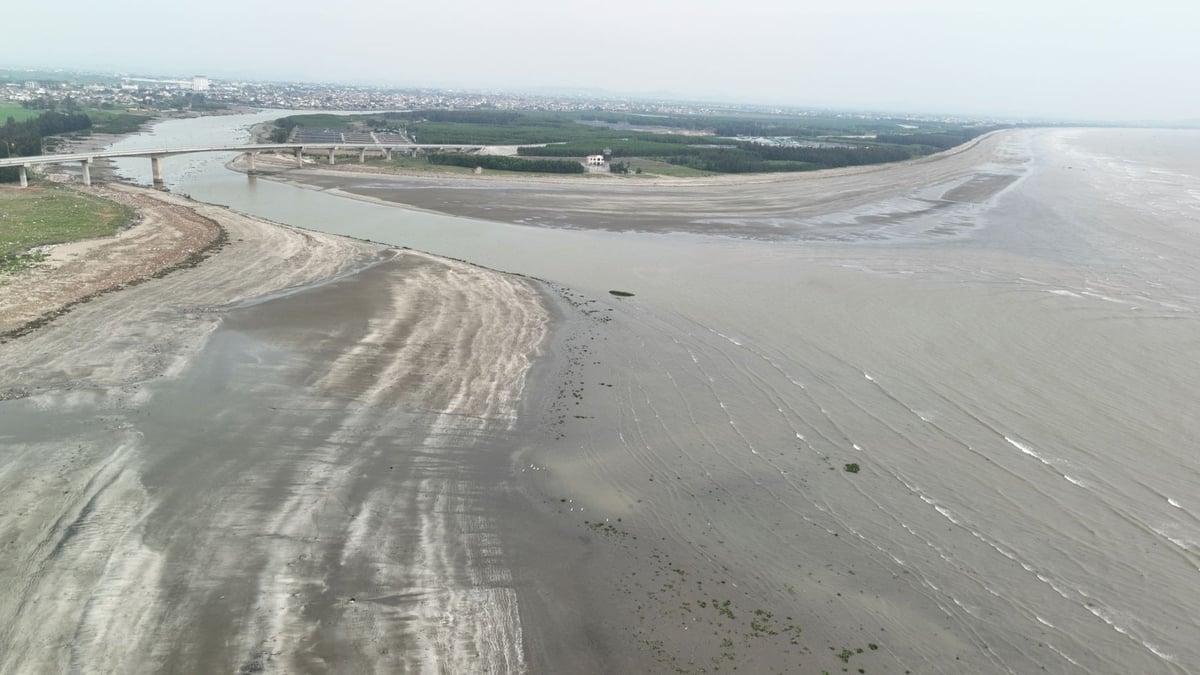
The entrance to Lach Van port is covered with sand from the sea. Photo: Dinh Tiep.
It is known that, in the face of the sedimentation situation at Lach Van fishing port, in 2019, the Dike Project Management Board - Nghe An Province Irrigation Department was assigned as the investor of the project "Dredging Lach Van estuary in Dien Thanh and Dien Kim communes, Dien Chau district, Nghe An province". The total investment of the above project is over 20 billion VND. However, after a short time of dredging, the sedimentation situation continued to recur.
Mr. Cao Duc Nguyen, Chairman of the People's Committee of Ngoc Bich Commune (Dien Chau District), said that the whole commune has about 400 fishing boats, and the silting of the port has caused many boats to run aground. Having to rent rafts to bring seafood to the port for trading is very inconvenient for fishermen.
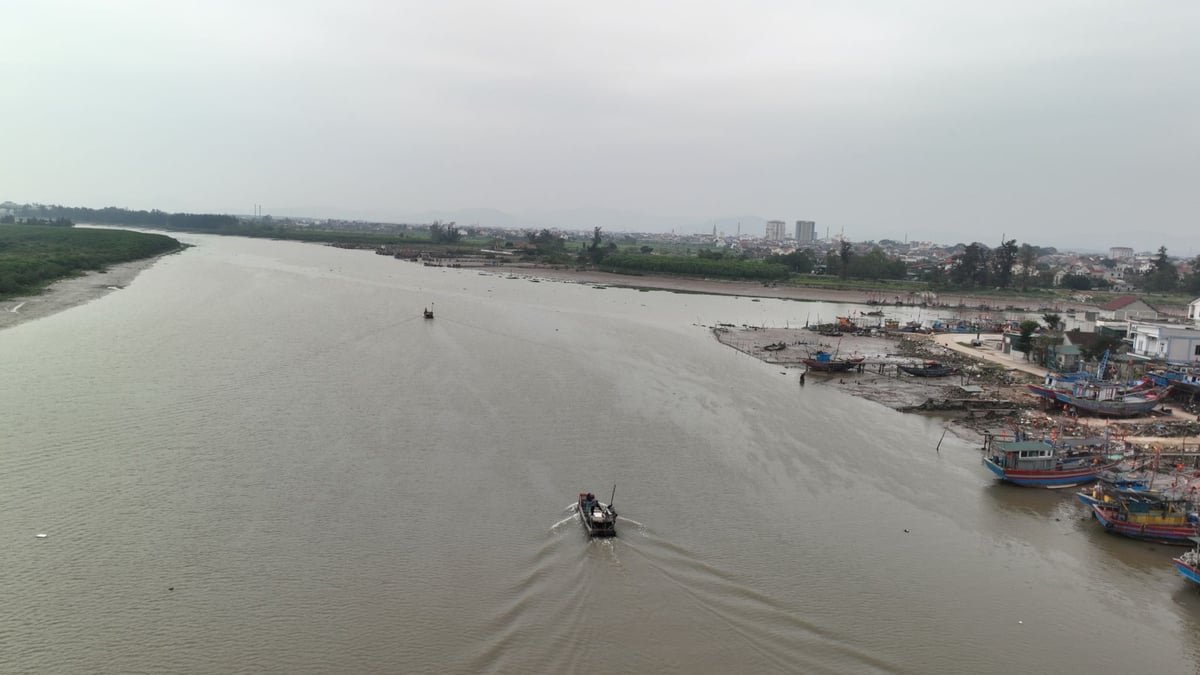
Fishermen with large boats have to park their boats outside to rent rafts to bring seafood to Lach Van port for sale. Photo: Dinh Tiep.
Regarding this issue, Mr. Nguyen Truong Thanh, Head of the Department of Irrigation of Nghe An province, said: The above project was just dredged in 2020 with a total investment of more than 20 billion VND, but then it was silted up because dredging is only a temporary solution, only for a few years. Previously, a research group from the University of Irrigation had researched and proposed an investment plan of about 200 billion VND, but it was not certain that it would completely solve the problem. Because there is a bay that is deep inland, when the Northeast monsoon blows, sand from the sea is blown in. And recently, Lach Van estuary has also been moved to the South about 50-60m. To come up with a complete solution, experts must carefully research and propose scientific solutions with a large total budget to be able to implement it.
Mr. Phan Tien Chuong, Director of Nghe An Fishing Port Management Board, said that in previous years, Cua Hoi Fishing Port was a place that regularly welcomed many fishing boats from Quang Nam, Quang Ngai, Binh Dinh, and Thanh Hoa provinces, with seafood volume up to 30 - 40 tons/boat. However, the silting of the channel prevented the boats from entering the port, forcing them to move to other ports.
Need synchronous investment, large funding source
According to research, not only Lach Van and Cua Hoi fishing ports are silted up, making it difficult for boats to enter and exit, but Nghe An currently has other large fishing ports such as Lach Van, Lach Quen, Quynh Phuong and many fishing ports and estuaries that are also often in a similar situation. Many waterways are silted up, making it difficult for boats to enter and exit, and fishing logistics service facilities are degraded, failing to meet development requirements and expectations.
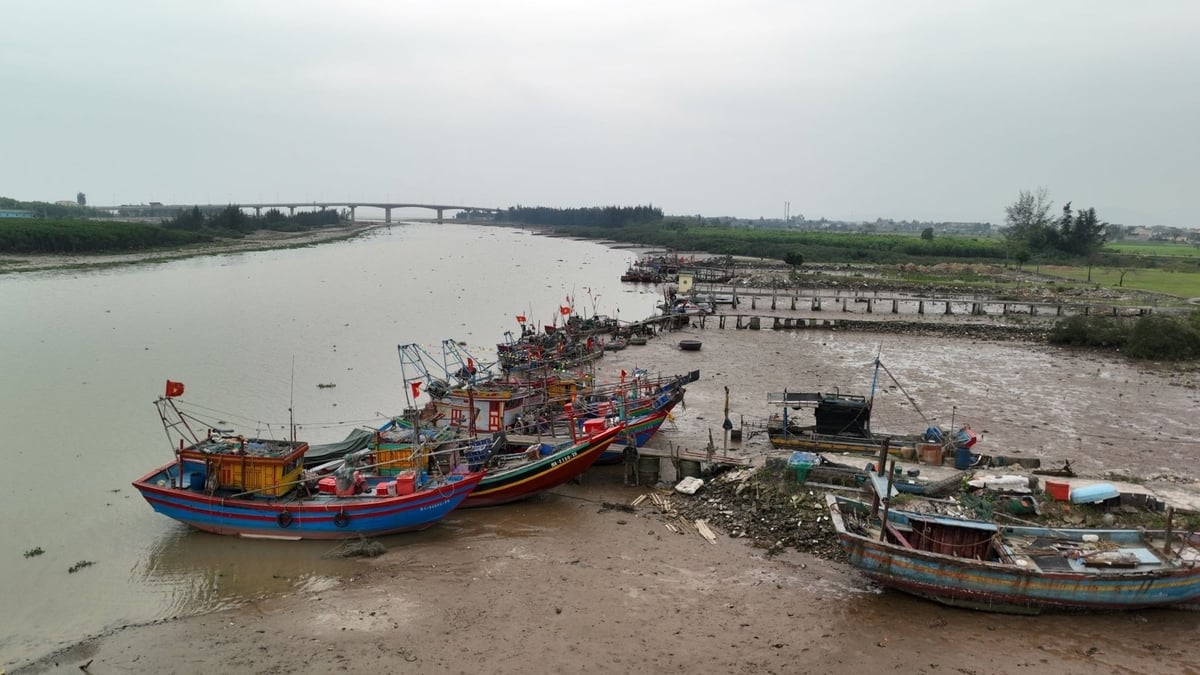
The sedimentation situation at fishing ports in Nghe An is getting more and more serious, causing difficulties for fishermen. Photo: Dinh Tiep.
It is known that in 2022, Nghe An Provincial People's Committee issued Decision No. 4344/QD-UBND approving the Project on developing infrastructure and logistics services for fisheries in Nghe An province by 2030.
The approved project aims to develop fishing port infrastructure, storm shelters for fishing vessels and fishing logistics service facilities to improve and modernize the fisheries sector, meet the requirements of socio-economic development; improve the effectiveness of fisheries management; ensure food hygiene and safety, reduce post-harvest losses; ensure safety for fishing vessels and fishermen, improve the efficiency of fisheries exploitation and contribute to ensuring national security and defense.
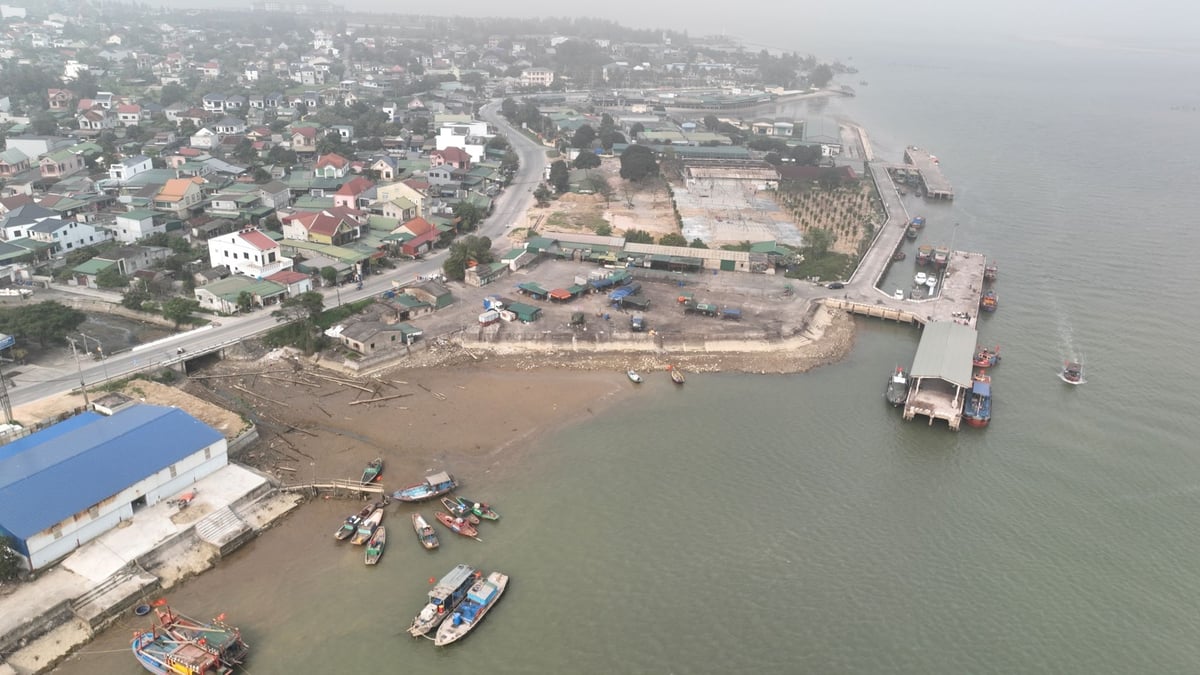
Nghe An needs to invest in a synchronous fishing port system to meet the needs of fishermen. Photo: Dinh Tiep.
According to the Project, by 2030, 07 fishing ports will be built and upgraded; the fishing port system will meet the requirements of traceability, confirm the raw materials of aquatic products exploited at designated fishing ports, prevent illegal, unreported and unregulated fishing activities. The storm shelter system by 2030 will ensure 2,999 fishing vessels can safely anchor and avoid storms with 05 upgraded storm shelters... the total estimated investment capital is nearly 2,400 billion VND.
Of the investment capital of nearly 2,400 billion VND, the central budget is more than 1,673 billion VND, the provincial budget is 71 billion 500 million VND, and other budgets are 603 billion 900 million VND. Notably, of the 7 fishing ports invested in construction and upgrading, there are three type 1 fishing ports, one type 2 fishing port and three type 3 fishing ports. The total unloading capacity of the 7 fishing ports is 154,500 tons/year, equivalent to 83.51% of seafood exploitation output.
Source: https://nongnghiep.vn/nghe-an-cang-ca-bi-boi-lap-ngu-dan-gap-kho-d745953.html


![[Photo] Looking back at the impressive moments of the Vietnamese rescue team in Myanmar](https://vstatic.vietnam.vn/vietnam/resource/IMAGE/2025/4/11/5623ca902a934e19b604c718265249d0)




![[Photo] "Beauties" participate in the parade rehearsal at Bien Hoa airport](https://vstatic.vietnam.vn/vietnam/resource/IMAGE/2025/4/11/155502af3384431e918de0e2e585d13a)


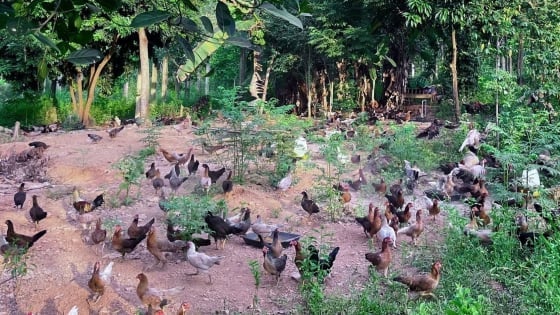


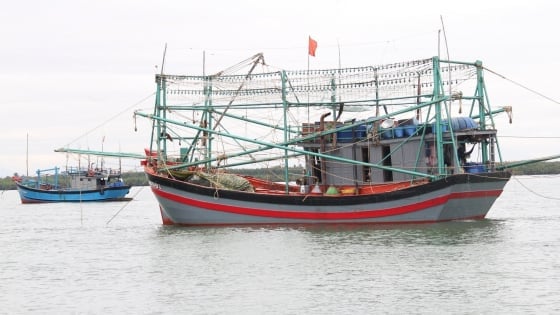



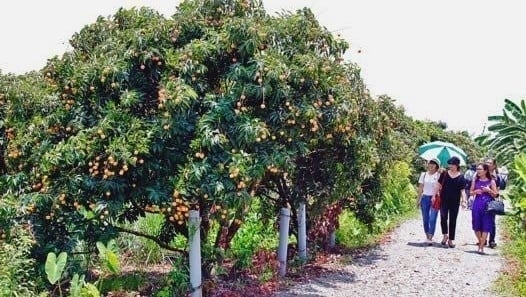
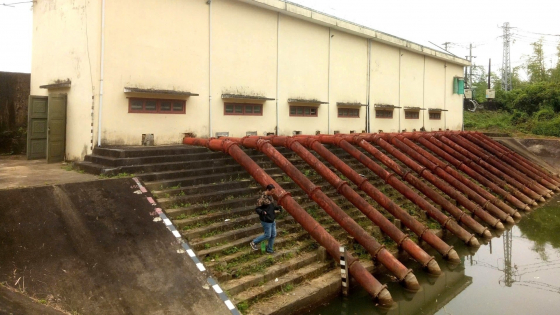

![Building the Vietnamese bird's nest brand: [Part 1] Reaching the world](https://vstatic.vietnam.vn/vietnam/resource/IMAGE/2025/4/10/a74ccb6a92a148aa9acd3682fa5ad735)



![[Photo] Summary of parade practice in preparation for the April 30th celebration](https://vstatic.vietnam.vn/vietnam/resource/IMAGE/2025/4/11/78cfee0f2cc045b387ff1a4362b5950f)































































Comment (0)